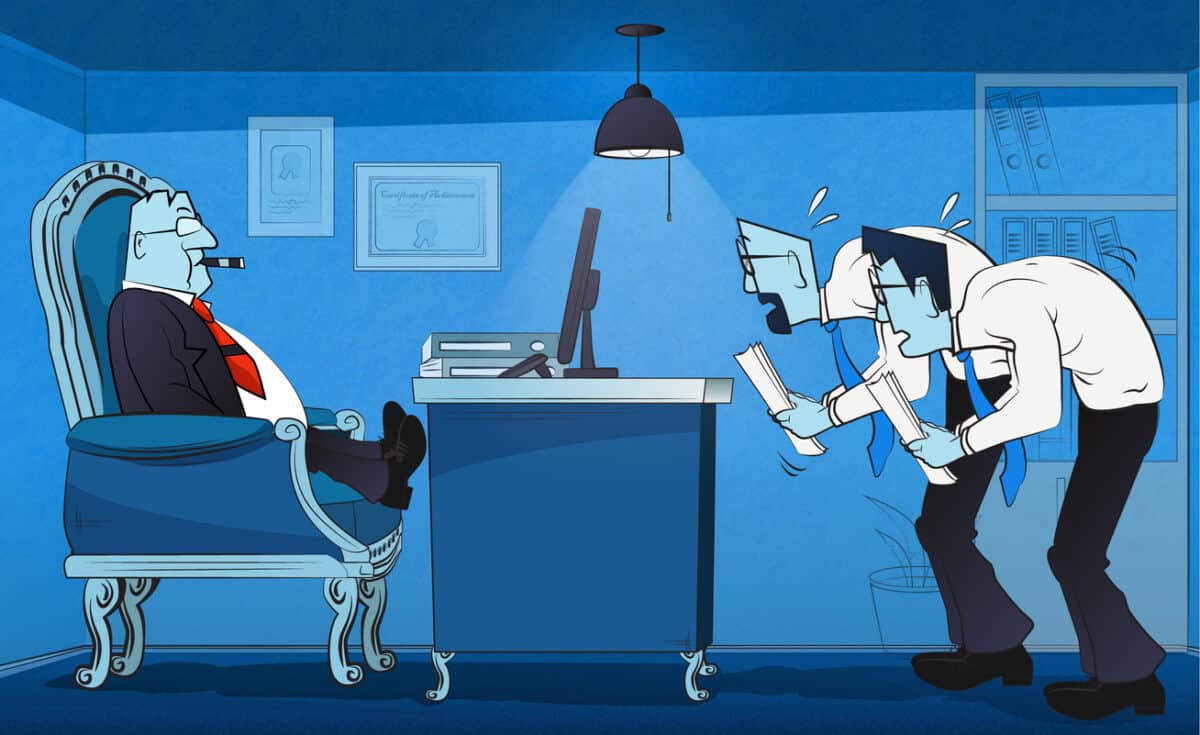Prosecution for Industrial Manslaughter in Australia’s occupational health and safety (OHS) is supposed to deter employers from neglecting the health and safety of their workers, but there is very little evidence of effective deterrence from this type of penalty, or improved safety and healthy working conditions. Industrial manslaughter seems to have more of a marketing and political impact. It allows governments to say they are doing something tough on OHS even though the changes have little deterrence and continue to be difficult to apply to the intended corporate targets.
The Queensland Parliament has provided a recent example of the political weaponisation of Industrial Manslaughter.







